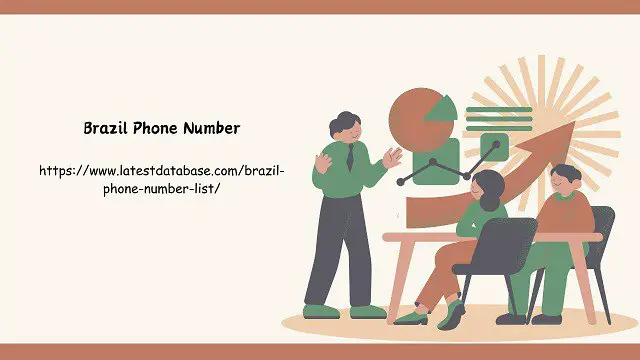Post by jferdousy427 on Feb 19, 2024 23:41:34 GMT -5
Design Call-to-Action Buttons If you perform the squint test on these two button variations, it should be pretty clear which one stands out the most. I usually start by experimenting with an orange or green button, simply because they often perform well in tests. I don’t think there is any deeper psychological reason, it just seems that they stand out on most landing pages due to the average design. Again, it’s all about context, and I’ve seen tests where e.g. a purple button has outperformed both green and orange variations.
Visual effects Visual effects can have an impact on how much your button gets Brazil Phone Number clicked, but proceed with caution! Even relatively small effects can have a surprisingly large impact – and not necessarily a positive impact. Let’s look at a few examples from the real world A minute ago I showed you an example where an orange button with a green arrow performed significantly better than the original “boring” brown button. Well, the designer didn’t like the new button despite the positive impact it had on conversions. As it turns out, his main objection was the green arrow, which he found ugly. My hypothesis on the other hand was that the green arrow made the button more noticeable and thus more “clickable”.

We could have discussed our personal tastes for hours, but instead I decided to investigate whether or not the arrow had a positive effect. So I set up a simple A/B test with the range button/green arrow as the control and a variation of the orange button without the arrow. It turned out the treatment without the green arrow performed 12.29% worse than the control with the green arrow. Design Call-to-Action Buttons 4 This is an example from a test I ran on the home page of a Danish portal through.
Visual effects Visual effects can have an impact on how much your button gets Brazil Phone Number clicked, but proceed with caution! Even relatively small effects can have a surprisingly large impact – and not necessarily a positive impact. Let’s look at a few examples from the real world A minute ago I showed you an example where an orange button with a green arrow performed significantly better than the original “boring” brown button. Well, the designer didn’t like the new button despite the positive impact it had on conversions. As it turns out, his main objection was the green arrow, which he found ugly. My hypothesis on the other hand was that the green arrow made the button more noticeable and thus more “clickable”.

We could have discussed our personal tastes for hours, but instead I decided to investigate whether or not the arrow had a positive effect. So I set up a simple A/B test with the range button/green arrow as the control and a variation of the orange button without the arrow. It turned out the treatment without the green arrow performed 12.29% worse than the control with the green arrow. Design Call-to-Action Buttons 4 This is an example from a test I ran on the home page of a Danish portal through.
